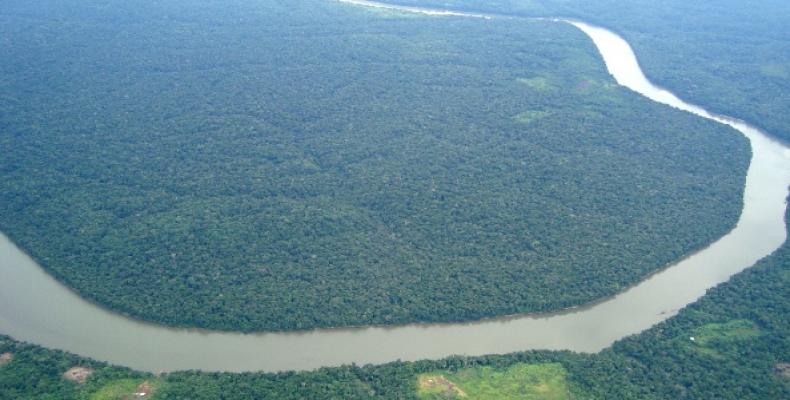London, March 20 (teleSUR-RHC) The Amazon rainforest, the “lungs of the world,” is losing its capacity to absorb carbon dioxide, warned a study published Wednesday in the journal Nature.
Trees of the Amazon have been increasingly dying younger over the past two decades, the international team of scientists found – thereby reducing the size of the forest and its absorption capacities.
At the same time, they observed that the trees were growing faster, leading to the conclusion that this pattern could be related to climate change and to higher levels of carbon dioxide in the atmosphere.
Through the process of photosynthesis, trees obtain energy from the sunlight, water, and carbon dioxide that they store in their branches, conveniently holding the excesses of gas produced by industry and other sources.
The Amazon rainforest absorbs one-quarter of the 2.4 billion metric tons of carbon absorbed by forests each year in the world. Roel Brienen, co-author of the report, explained why trees in the rainforest are growing faster and dying younger. “That's because faster growing trees tend to invest less energy in defenses against disease and produce wood that is less dense. So they may be more susceptible to sickness or falling over.
But how rising temperatures, drought, and the makeup of species in the jungle may each be affecting the forest health is still unclear,” said Brienen, a forest ecologist at University of Leeds in the United Kingdom.
The results were based on the study of 321 plots distributed throughout the Amazon that measured 200,000 trees since the 1983. The world's policymakers should pay attention to the Amazon's diminishing role as a global carbon sink, said Professor Oliver Phillips, a colleague of Brienen’s at Leeds and co-author of the study.


